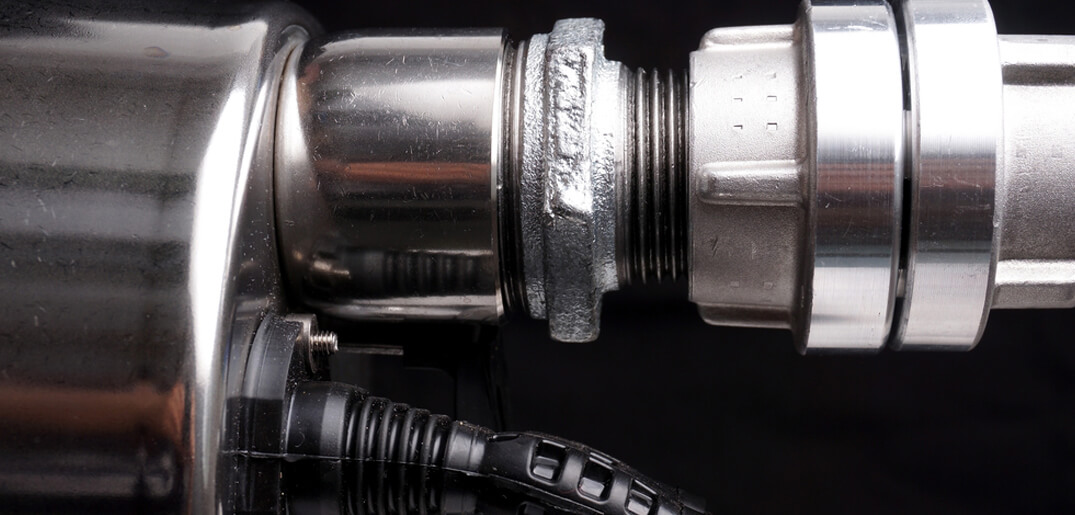Over time, you may find that your pond pump starts to become slow, or may even completely stop doing its job. It can get tricky trying to fix a pump without compromising the quality of the water or health of your fish, but before immediately picking up the phone to call a professional, you can do a simple diagnosis on your own. Here is a checklist of items you can check out which might just be enough to solve your pond pump problems.
Check Your Power Supply
The first thing to do when you notice your pump has stopped working is to check your power supply. Sometimes, the power supply was cut off, hence there is no electrical charge flowing into the pump. Other times, there might be damage to the cord, a torn wiring, or other issues which cause the pump to fail. If this is the case, the pump will have to be replaced, as it is safer to replace an entire pump than to only replace the cord, which makes things more complicated and is also unsafe.
Check Your Motor
If the power supply is not an issue, it could be the motor problem. To check this, take the pump out of the water and turn on the unit, letting it run for a few minutes at maximum. Running a submersible pump for too long out of water may damage the pump, so be mindful to only run it for a short time. While it is running, check to ensure the motor is working, either using visual or aural clues. A failed motor would have to be replaced as well.
Beware Of High Temperatures
Sometimes, the motor starts to fail due to overheating. This could happen if a submersible pump is not fully under the water, and the unit is running dry. This makes the unit become very hot, and may suffer failure due to overheating. If you notice this about your pump, unplug the unit and submerge it in very cold water for 20 to 30 minutes, allowing it to cool off. Once it has done so, you should be able to get it to work as per normal again.
Check For Flow Obstructions
Diminished flow rate could be due not to motor or power issues, but blockages in the pump. Check the pump inlet and outlet for possible obstructions. If there is any debris, remove them and check the pump O-rings for damage. Often, the reason for debris entering the pump is because the O-rings are damaged, so they should be replaced. If there are no visible blockages, open up the pump to check the impeller inside is not broken or trapped by any debris.
If you have done all the above and still cannot figure out why the pump is not working, don’t worry – professional help is just one call away. Contact Everything Koi for an expert analysis of your pump issue. You can also pick up a new pump or other spare parts from our online shop. Get in touch today!


 Blog
Blog



